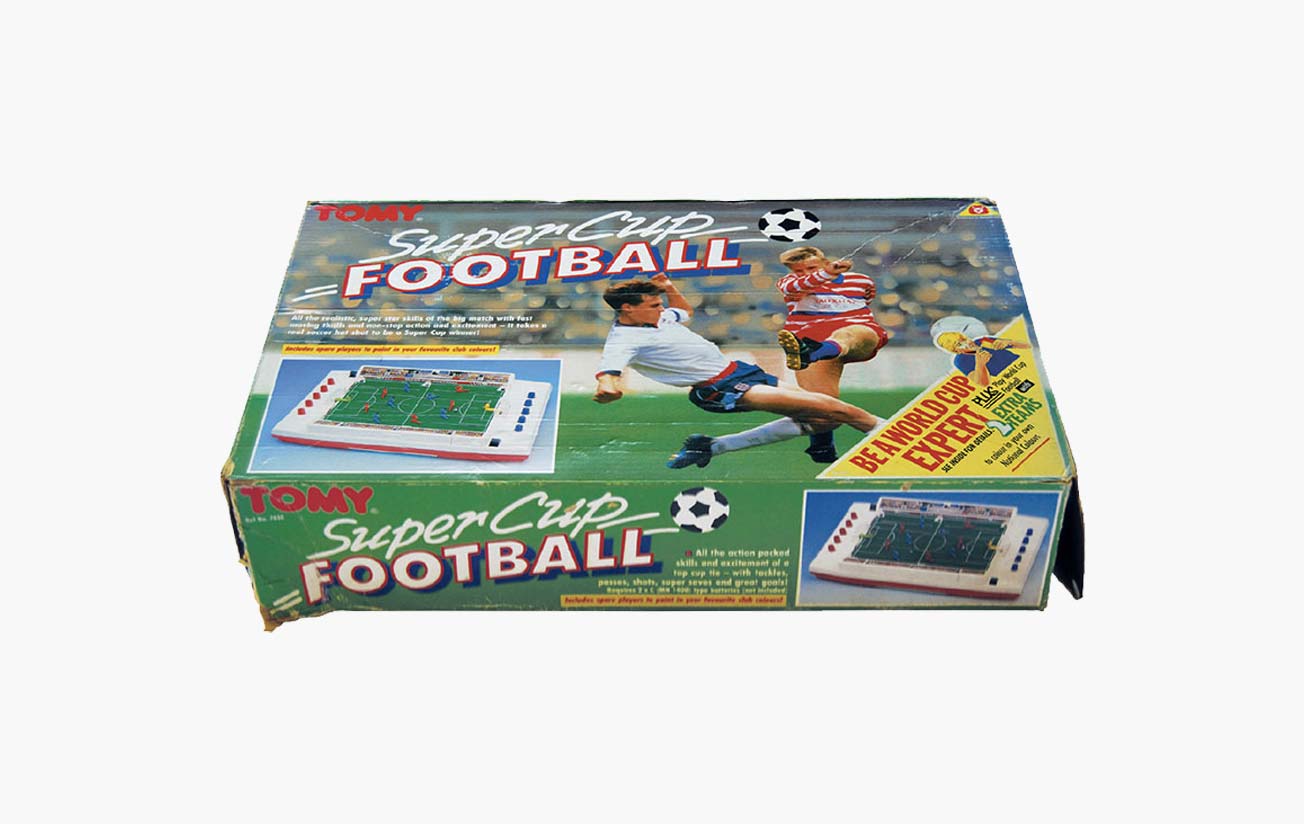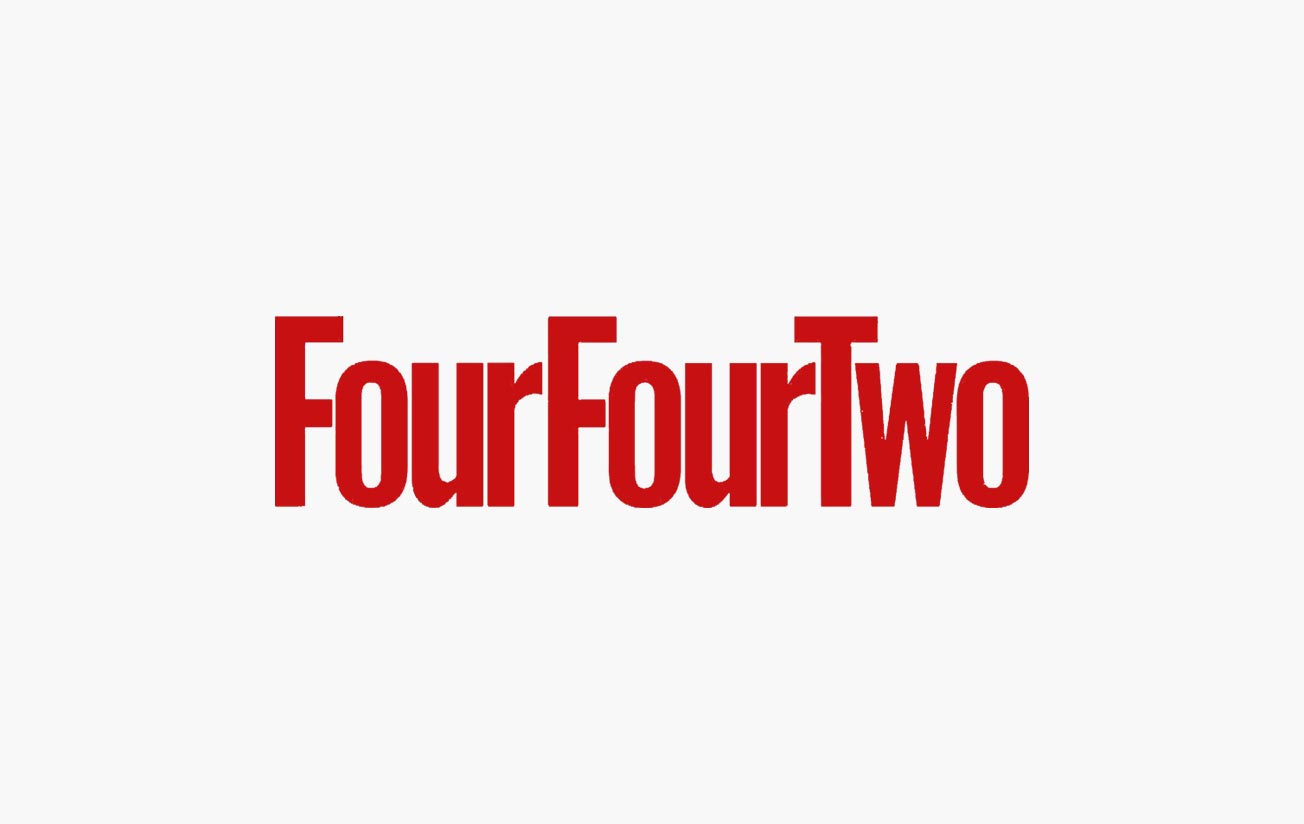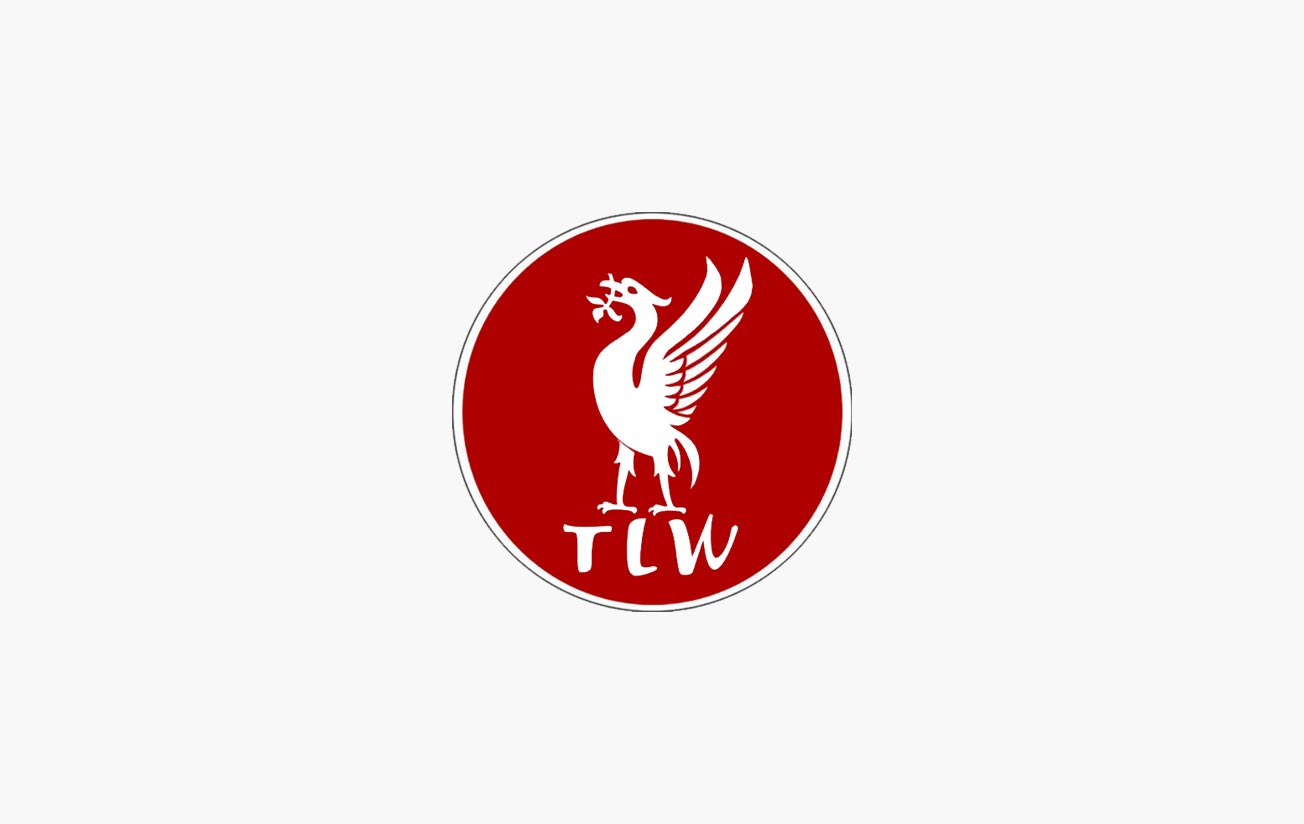Picture the scene: a Brighton cafe sometime in 2000, me reading the tabloids with some friends, very much like a more hungover and less articulate version of Gazzetta Football Italia.
I remember this because of a single story in The Daily Mirror: that Manchester United were about to bid big money for a young River Plate forward called Javier Saviola (or, as they were contractually obliged to put it as he was both a human being and an Argentine, ‘the new Maradona’). As a Liverpool supporter I was horrified. I knew exactly how talented Saviola was, and the thought of him at United was truly scary. I’d never actually seen him play. I’d never even seen a photo of him. I had, however, signed him on Championship Manager 1999/00 on multiple occasions; without fail he became the greatest, most valuable player on the planet.
It might seem churlish to begin this by effectively lumping Saviola in with the likes of Cherno Samba or Tonton Zola Moukoko (incidentally the current manager of Kongo United FC) as little more than a Championship Manager legend. This, after all, is a man who has played for both Barcelona and Real Madrid, won 40 caps for Argentina and scored a goal in a World Cup. Nonetheless, the sense of wasted potential, of missed opportunity, looms large over his career.
A Buenos Aires native, Saviola came through the ranks at River Plate. He made his debut in 1998 at the age of 16 and over the next three seasons became a prolific goalscorer for the club as part of ‘Los Cuatro Fantásticos’ alongside Pablo Aimar, Ariel Ortega and Juan Pablo Angel, with Saviola soon earning the nickname El Conejo (the little rabbit). At first this seems an uninspiring sobriquet for an elite sportsperson, but watching clips of a young Saviola it is perfect. He scurries everywhere, all low centre of gravity and unexpected, effortless changes of direction. I’ve never tried to kick a rabbit which is running at full pelt before, but I would imagine two things are likely:
In 74 out of every 75 attempts, I would kick nothing but air as the rabbit carries on running, laughing at my pitiful efforts as it goes; and
On the one occasion I make contact, it would hurt my foot more than anticipated, but even then the rabbit would continue on its way, in pain but still running, still scurrying.
And that was Saviola at River Plate: shirt way too big for him even by the standards of the time, always running, always scurrying and always scoring. Quick, deceptively strong and annoyingly difficult to kick.
Saviola also had that knack that only the very best have for finding the bottom corner from whatever situation in which he found himself. And he did it plenty: in 1999 he won South American Footballer of the Year, aged just 18, while in the 1999-2000 season he scored 15 goals in just 18 Torneo Apertura games. The following year he scored a quite ludicrous 11 goals in 7 appearances as Argentina won the Under-20 World Championship. He was quite clearly dynamite, and quite obviously in high demand from Europe’s big guns.
Saviola decided his future lay at Barcelona, who signed him for €15m in July 2001 – a huge sum to spend, at that time, on a relatively untested teenager. Barcelona had just finished fourth in La Liga, a massive 17 points off Real Madrid. Saviola arrived at a club in search of identity just a year after losing Luis Figo to their most despised rivals. The club needed a lift, and Saviola needed to be great.
Unfortunately for Saviola, he was merely good (and occasionally very good). He did score 21 goals in all competitions in his first season, forming an exotic take on the big man/little man partnership with Patrick Kluivert. However, the side finished fourth again, although at least Real Madrid this time finished only third. The title winners that season were Valencia, with ex-River Plate team-mate Pablo Aimar a key figure in Rafa Benitez’s side. Could that have been Saviola?
In his first three seasons at Barcelona, Saviola scored 17, 13 and 14 league goals respectively. Undoubtedly good – better than mere mortals (or Tonton Zola Moukoko) could ever hope for – but not good enough either to carry a Barcelona side, or to demand that one be built around him.
Between 2004 and 2006, Saviola was loaned to Monaco and Sevilla, with moderate success. Neither club made the move permanent, and Saviola entered the final year of his Barcelona contract. He reportedly turned down 14 offers before finding one that piqued his interest: Real Madrid.
To sign for a Barcelona side lacking direction was one thing; he was young, talented and hyped as the great hope who could have single-handedly reinvigorated the club. But his stock had fallen significantly by 2007. Of course Real Madrid would be tempting, particularly as Barcelona had publicly made clear that they had no interest in keeping him. But then, Madrid’s attacking line-up included Van Nistelrooy, Raúl, Higuain, Robinho and Robben. Did Saviola expect to get in the side ahead of them? Did Real actually need him? It seems likely that they signed him just because they could; and although he was always a popular figure among the Barcelona support, there was to be no severed pig’s head anger levels at his defection – quite simply, Saviola was no longer important enough.
It’s tempting to look at the move to Real Madrid as a failure. Predictably, Saviola played only a supporting role, making just 17 La Liga appearances over two seasons. He did, however, win his first ever La Liga title, so it was a move akin perhaps to Michael Owen’s spell at Manchester United: underwhelming overall and irritating to former employers, but allowing a longstanding personal ambition to be ticked off the list.
Saviola had something of a renaissance after moving to Benfica in 2009, scoring 24 goals in 69 games, followed by short spells at Málaga, Olympiacos and Verona. At the age of 33 he moved back to River Plate. Surely, surely, this would put a celebratory rubber stamp on an impressive if less than extraordinary career? Not exactly – yet again the idea was better than the reality, as El Conejo failed to find the net in 13 appearances. Saviola retired last year, and is currently the assistant manager of Andorran Primera Divisió side FC Ordino. It is probably not where he – or indeed anybody who witnessed his River Plate pomp – saw himself being in 2017.
To be fair, the man himself does a convincing impression of someone who is happy with his lot, claiming in an interview with Omnisport that:
“If I have taken wrong decisions during my career, I have no regrets. I have always tried to make sure that my decisions haven’t hurt anyone. I only looked for the best for my future…
I always say that football gave me more than I expected or could have imagined. I have played in so many teams, such prestigious teams with such history, with so many great players.”
Javier Saviola was undoubtedly a very successful footballer. But watching those old clips, it’s difficult to escape the feeling that he could and should have been so much more. It is tempting to lay part of the blame on Saviola’s career choices. Barcelona were not a stable club when he joined, and moving to a Real Madrid side already boasting countless world-class attackers seemed an act of self-destruction rather than confidence in his ability.
But maybe he is simply a player whose scurrying peaked early – not the new Maradona but markedly better than most of the other wunderkinds of early 21st-century football management simulations. I’m still thankful he didn’t move to United though – he had 20 for acceleration, agility, determination, pace and stamina at the age of 18, for goodness’ sake – just imagine what Ferguson would have done with him…
… To read the full article in its original format, please visit inbedwithmaradonna.com.
I’m available for all types of writing work, wherever you are in the world. You can view examples of my copywriting and features, and you can also find out more about me here and on the homepage. Want to cut to the chase? You can contact me here or at the bottom of this page. I can also be found lurking on Twitter and LinkedIn.



